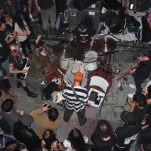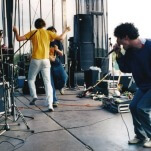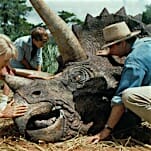When Science Succumbs to Politics, How Do You Convince Someone to Trust Science?
Photo by Lauren DeCicca/Getty
“With President Trump out of office, it should be possible to reject his xenophobic agenda and still ask why, in all places in the world, did the outbreak begin in the city with a laboratory housing one of the world’s most extensive collection of bat viruses, doing some of the most aggressive research?”
—Vanity Fair
That piece, published last by week by Katherine Eban, is the most thorough look yet from a mainstream publication at the the possibility that the COVID-19 virus leaked from the Wuhan Institute of Virology. It’s also the most courageous in attempting to figure out why U.S. scientists, with the help of Washington, were so hellbent on insisting—with dubious evidence—that it was natural in origin.
Still, I’d like to amend the question: Why couldn’t you ask that question while Trump was in office? Nobody in science wants to be associated with crackpots and nativists, but since when does that very political concern matter more to the scientific community than uncovering the truth? And if politics do override the practical search for The Thing That Really Happened—if the fear of a negative association renders only one conclusion acceptable—then what is the scientific community but another ministry of propaganda?
-

-

-

-

-

-

-

-

-

-

-

-

-

-

-

-

-

-

-

-

-

-

-

-

-

-

-

-

-

-

-

-

-

-

-

-

-

-

-

-








































